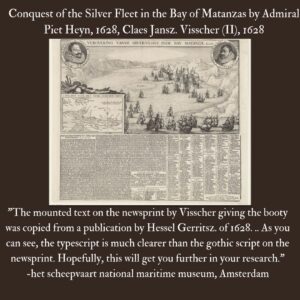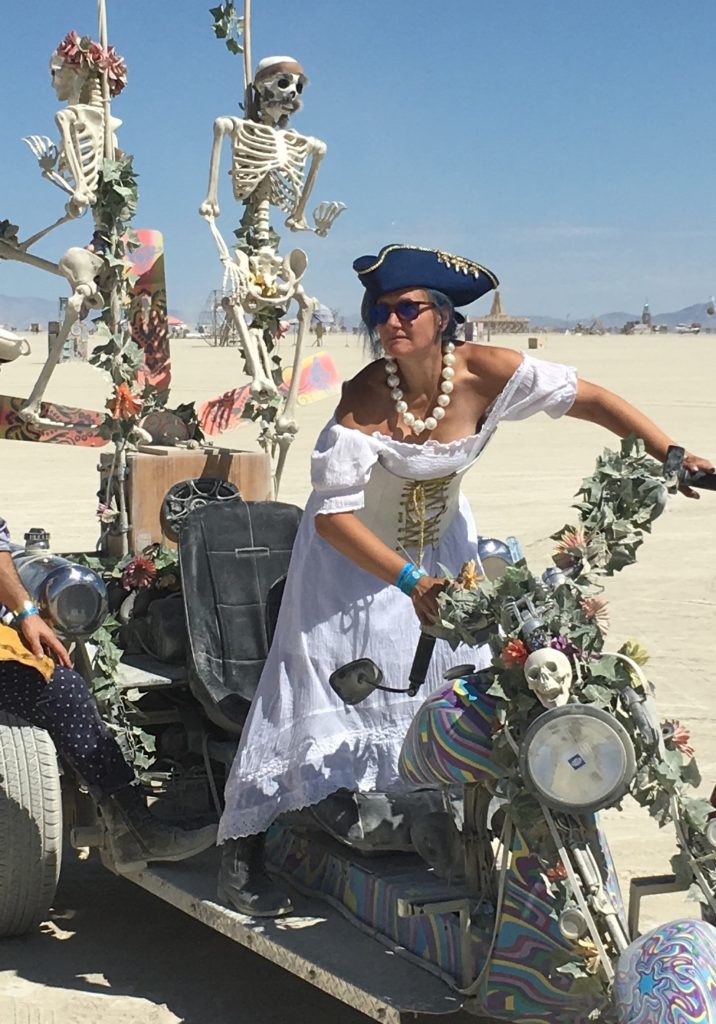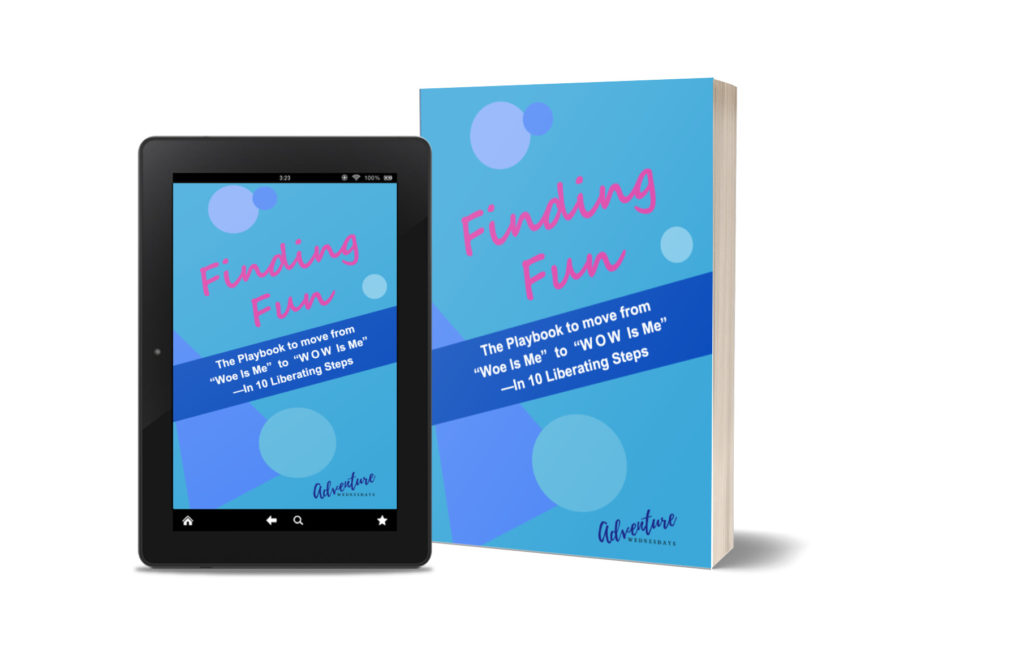
“Piet Heyn The Silverfleet” a Dutch graphic novel celebrating the nation’s hero’s story.
The allure of pirate tales often centers around hidden treasures, daring exploits, and legendary figures. Yet, the Dutch privateer Piet Hein remains a lesser-known name, overshadowed by the more infamous buccaneers of history. The stories of his exploits would be worthy of Hollywood while for me his capture of a quarter of a million dollars worth of chocolate is legendary.
Privateer Admiral Piet Hein
If you aren’t from the Nordic countries, you most likely haven’t heard of the Dutch pirate, Piet Hein. But if you are, you may know the football (in American, “soccer”) chant that shows your national pride:
Piet Hein, Piet Hein, Piet Hein his name is small
His deeds are great, his deeds are great
He has won the Silver Fleet
Piet Pieterszoon Hein’s legacy is that in 1628 he was the Admiral for the first successful mission to capture Spain’s famous “Silver Fleet” carrying treasures from New Spain to the motherland. Not just one or two galleons, but the whole fleet – an unheard of win since Spain’s treasure ships had been successfully delivering New World wealth for almost a century. Hein and his crews brought back to Amsterdam booty worth over 11 million guilders – or by some estimates, about $500 million to a billion bucks in today’s dollars!
While this privateer story is fascinating – not only because it help cripple Spain’s powerful economy (which the Spanish royalty depended on the income made by the imported goods from the Silver Fleets), enriched the Dutch during the 80-year war with Spain (aka the Dutch War of Independence since at the time Spain ruled over the nordic states), and announced to the world hungering for the wealth coming from the New World that Spain’s treasure galleons were vulnerable – but also because of what I unearthed as treasure beyond silver…which includes CHOCOLATE!
In my initial list of pirates to consider for my history book, only later Dutch pirates were options. I first came across Piet Hein while researching another pirate with connections to Colonial Boston for my upcoming history book on Pirates and Chocolate. The Massachusetts Historical Society has one of the coins- honoring Hein and one of the greatest plunders of all time- minted from the treasure of the “Zilvervloot.” Searching his history, I read the exciting tidbit that cacao was part of the booty!
A Tale of Two Manifests
Using the knowledge that history book writers (my current project being a book on pirates and chocolate) should use original sources as often as possible, I went looking for the manifest of Hein’s captured treasure. In the book “Illicit Riches,” I came across this line: “Although the lack of ship’s manifests makes it impossible to trace the precise development of the Dutch cacao trade in the 17th century, there is no doubt it became increasingly important.” Fortunately, I didn’t let that stop me!
The Dutch Version

Using my adventurous attitude of turning obstacles into challenges to overcome and following my curiosity, I kept searching. I came across an “etching” called “Conquest of the Silver Fleet in the Bay of Matanzas by Admiral Piet Heyn, 1628.” The etching listed the cargo of each of the ships Hein brought home to Amsterdam. However, it’s written in old Dutch, so it became a challenge for me to read all the text. I was able to find the words relating to chocolate -tocalati, tocolattos or cocolattos, and cacao.
More questions popped up. How much does 16+ “cassen” of Cocolattos, 5+ “sackens” of Cacao and 9 “kassen” of Cocolattos represent? Note: in the “old” days, the letter S was often written in a way that looks like an F to us now. The closest I can find that cassen represents is a ‘cabinet’ or locker – so maybe a large trunk? or maybe a crate? If a sack is similar to today’s sacks of cacao – the 9 would equal about a ton of beans!
Next, I reached out to the Risjk Museum in Amsterdam, who own the original etchings, and asked if they had a translation or even a modern typed version. They did not, but they suggested I contact the Maritime Museum. The Het Jaar Maritime Museum sent me scans from the Dutch book, “Piet Hein en de Zilvervloot” by Arne Zuidhoel, which has a clearer version of the Dutch manifest. They even attempted to clear up the word “cassen” – kas means chest, but they can’t say how big the chests were!
The Spanish Version

A few weeks later I was at the state college library near me perusing the aisles in search of other pirate-related tomes. Looking up on an opposite shelf, what to my wondering eyes appeared? Two books on the history of the Dutch in the Caribbean, spanning from the mid-1500s to the mid-1700s. It felt like they called to me as if I manifested this new piece of information! Magically, I turn to the index to look for Piet Hein – and his name directs me to the Spanish General’s accounting of the lost treasure! The pages unfolded to show a full spread of the goods and precious metals on each ship, in neat columns.
My heart raced as I unraveled the ancient Spanish ledger’s entries, meticulously translating the inconsistent spelling and meanings of the bygone year of 1628 into current verbiage. By looking at patterns of other words, I was able to decipher that caxas, cajas, and cagas all meant the same unit of crate that chocolate was shipped in! Another clue I am unraveling is the worth of 8,000 pesos from then to its contemporary equivalent in today’s dollars.
The joy in discovering both of these documents is that they showcase two sides to the same story. On one side, the Dutch privateer is lauded as a national hero. On the other, the Spanish commander is arrested and eventually beheaded for how he handled the situation.
Medicinal Chocolate
Putting my detective hat back on, I queried myself about the value of chocolate to the Dutch in those early years, over two centuries before the invention of “Dutch-process cocoa.” While the Spanish elite had been drinking or more like supping on cocoa and extolling the healing virtues of cacao for at least seven decades, the English and Dutch were mostly still in the dark. Did the citizens of Amsterdam understand that the boxes of chocolate in the treasure were worthwhile?
Not Treasured
Maybe most of them did not. According to the English-born Dominican Friar who traveled through Mexico and Guatemala from 1625-1637, Thomas Gage, the Spaniards accused the English and “Hollanders” of throwing cacao beans overboard thinking it was “sheep dung.”
“…of whom I have heard the Spaniards say that when we have taken a good prize, a ship laden with Cacao, in anger and wrath we have hurled over board this good commoditie, not regarding the worth and goodnesse of it, but calling it in bad Spanish, Cagaruta de Carnero, or sheeps dung in good English.”
Medicinal Treasure
However, at least one Dutchman did know the value of cacao and he was a friend of Hein. Johannes De Laet, a Director of the WIC (West India Company, which financed Hein’s privateer fleet intending to rob the Spanish Silver Fleets) was also a chronicler and a physician. In 1628 he was in the process of translating a copy of Francisco Hernández, Spain’s King Phillip II’s chief surgeon’s book on the natural medicines from New Spain – which included cacao as a remedy for digestive issues, fatigue, chest pains, and more.
In July of 1628, two months before Hein’s infamous event, de Laet wrote about “a Dutch vessel off Cuba captured a sloop which was sailing from Yucatán to Havana with cacao and other produce on board.” This was the first time the arrival of cacao to Amsterdam was documented according to the book, Illicit Riches.
For Further Consideration
Would de Laet have discussed his work with Hein before the trip, so that when Hein saw cacao amongst the other treasures he knew not to throw it overboard? There were times in Hein’s earlier life when he was captured by the Spanish. Besides learning the language, did he learn to drink chocolate or have it with cornmeal for breakfast? And one other question I am still on the hunt for clues for an answer – why is there such a difference between the quantities of cacao the Spanish recorded and what the Dutch listed as part of the stolen treasure?
So many questions and so many other details to this fascinating piece of pirate and chocolate history. Stay tuned for answers and more stories in my upcoming book, which is still in progress. Follow my Instagram account as I continue on my historical research and book writing journey @chocolateadventurementor. And please note, that some links above connect to Amazon books – and I “may” receive a commission, which is one way for me to fund my research!

 You need more fun & spontaneity in your life, and aren’t sure of next steps or the path to follow. Let’s connect! You could choose a free 15 minute chat, various courses, or even select one-to-one coaching.
You need more fun & spontaneity in your life, and aren’t sure of next steps or the path to follow. Let’s connect! You could choose a free 15 minute chat, various courses, or even select one-to-one coaching.



0 Comments